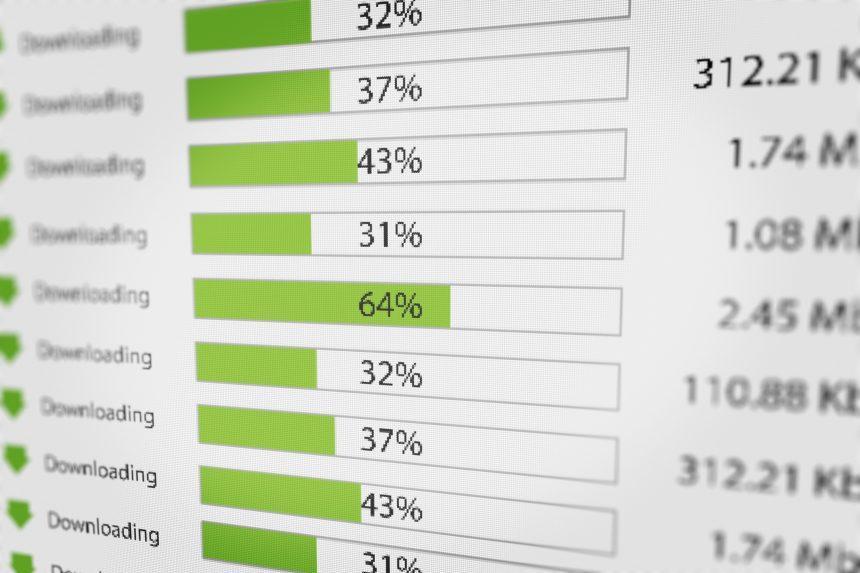Cyber threats are becoming more sophisticated and pervasive. One of the most alarming scenarios for any computer user is discovering that someone may be downloading files from their computer without permission. This type of cyber intrusion not only jeopardizes your personal and sensitive information but can also compromise your entire system’s security. This article delves into the dangers of this cyber threat, explores how the malware operates, and provides a comprehensive removal guide to help you secure your computer. Additionally, we’ll highlight some best practices to prevent future infections and promote the use of effective anti-malware tools like SpyHunter to keep your system safe.
Understanding the Cyber Threat: Unauthorised File Downloading
When someone gains unauthorized access to your computer and starts downloading files, it is often due to malware infection. This malware can infiltrate your system through various means, such as phishing emails, malicious websites, or software vulnerabilities. Once inside, the malware can monitor your activities, steal your data, and download files from your computer to remote servers, where cybercriminals can exploit your personal information, financial data, or intellectual property.
Actions and Consequences of the Malware
The malware responsible for unauthorized file downloads typically works by creating a backdoor into your system. This backdoor allows cybercriminals to bypass your security measures and gain continuous access to your computer. The consequences of such an intrusion can be severe:
- Data Theft: Sensitive information, including financial records, passwords, and personal files, can be stolen and used for fraudulent activities or sold on the dark web.
- System Compromise: The malware can alter system settings, disable security features, and even install additional malicious software, further compromising your computer.
- Privacy Invasion: Cybercriminals can monitor your online activities, record keystrokes, and capture screenshots, leading to a significant breach of your privacy.
- Financial Loss: The stolen information can be used to access bank accounts, make unauthorized purchases, or conduct identity theft, resulting in financial losses.
- Reputation Damage: If your computer is used to distribute malware or conduct illegal activities, your reputation could be at risk.
Detection Names for the Malware
Different cybersecurity companies may detect this type of malware under various names. Some of the detection names might include:
- Trojan.Downloader
- Backdoor.Win32.Agent
- Trojan.Spy
- Generic.Backdoor
- Trojan.Generic
These names indicate the malicious nature of the threat, focusing on its ability to create backdoors, spy on users, and download files without consent.
Similar Threats
There are several similar threats that operate in a comparable manner:
- Emotet: A notorious malware that spreads via phishing emails and facilitates data theft and unauthorized access.
- TrickBot: A banking Trojan known for its data-stealing capabilities and its use in large-scale cyber attacks.
- Zeus: Another banking Trojan that creates backdoors in infected systems and steals sensitive information.
- Remote Access Trojans (RATs): Malware designed to provide remote control over an infected computer, allowing the attacker to download files, monitor activities, and execute commands.
Comprehensive Removal Guide
If you suspect that your computer is infected with malware that allows unauthorized file downloads, follow this comprehensive removal guide:
- Disconnect from the Internet: To prevent further data loss or unauthorized access, immediately disconnect your computer from the internet.
- Enter Safe Mode: Restart your computer in Safe Mode to prevent the malware from loading during startup. On most systems, you can access Safe Mode by pressing
F8orShift + F8during boot-up. - Check for Suspicious Programs: Navigate to
Control Panel > Programs and Featuresand look for any suspicious or unfamiliar programs. Uninstall anything that you don’t recognize. - Use a Trusted Anti-Malware Tool: Download and install SpyHunter, a powerful anti-malware tool designed to detect and remove a wide range of threats. Perform a full system scan to identify and eliminate the malware.
- Download SpyHunter from here
- Run a Full Scan: Allow SpyHunter to complete the scan and remove all detected threats.
- Reboot Your Computer: After the scan and removal process, reboot your computer to ensure all malware is eradicated.
- Check for Residual Files: Some malware may leave behind residual files. Use the File Explorer to search for and delete any suspicious files or folders.
- Reset Browser Settings: Malware often alters browser settings. Reset your browsers to their default state:
- Google Chrome: Go to
Settings > Advanced > Reset and clean up > Restore settings to their original defaults. - Mozilla Firefox: Go to
Help > Troubleshooting Information > Refresh Firefox. - Microsoft Edge: Go to
Settings > Reset settings > Restore settings to their default values.
- Google Chrome: Go to
- Update Your System: Ensure that your operating system and all software are up to date. Install the latest security patches to close any vulnerabilities.
- Backup Your Data: Once your system is clean, back up your important files to an external drive or cloud storage to prevent future data loss.
- Monitor Your System: Keep an eye on your system’s performance and be alert for any signs of reinfection. Regularly scan your computer with SpyHunter to ensure continued protection.
Best Practices to Prevent Future Infections
Prevention is the best defense against cyber threats. Here are some best practices to help you avoid future infections:
- Regularly Update Software: Keep your operating system, software, and applications up to date to protect against vulnerabilities.
- Use Strong Passwords: Use complex passwords and change them regularly. Consider using a password manager to keep track of them.
- Enable Two-Factor Authentication: Whenever possible, enable two-factor authentication (2FA) for an extra layer of security.
- Be Cautious with Emails: Avoid opening email attachments or clicking on links from unknown senders. Phishing emails are a common way for malware to spread.
- Install a Reputable Anti-Malware Tool: Use a trusted anti-malware tool like SpyHunter to continuously monitor your system for threats.
- Secure Your Network: Use a strong password for your Wi-Fi network and consider using a VPN to encrypt your online activities.
- Backup Regularly: Regularly back up your data to prevent data loss in case of an infection.
Conclusion
The threat of unauthorized file downloads is a serious concern that can lead to devastating consequences, including data theft, privacy invasion, and financial loss. It’s crucial to stay vigilant, use reliable security tools like SpyHunter, and follow best practices to protect your system from such threats. Download SpyHunter today to perform a free scan and ensure your computer is free from malware.





